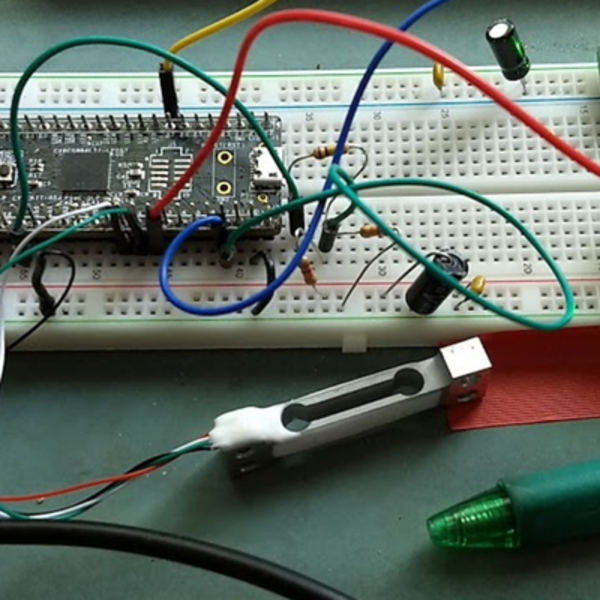Price:
8127 EUR
Contact
University of Colorado Boulder
Description
"Pressure, Force, Motion, and Humidity Sensors" can also be taken for academic credit as ECEA 5342, part of CU Boulder’s Master of Science in Electrical Engineering degree.
This is our third course in our specialization on Embedding Sensor and Motors. To get the most out of this course, you should first take our first course entitled Sensors and Sensor Circuits. Our first course gives you a tutorial on how to use the hardware and software development kit we have chosen for the lab exercises. This third course assumes that you already know how to use the kit.
After taking this course, you will be able to:
● Understand how to specify the proper AC or DC motor for a machine design.
● Integrate the motor to a machine, based on analysis of motor equations for voltage, current, torque and speed.
● Implement the motor and accompanying rotary sensor into a motor control circuit in both hardware and software.
● Add a motor and motor control circuit into a microprocessor based development kit.
● Create hardware and firmware to process motor feedback data to a microprocessor for further evaluation.
After taking this course, you will be able to:
● Understand how to specify the proper pressure, force, strain, position, motion, acceleration, occupancy, and humidity sensors for taking real-time process data.
● Implement these sensors into an embedded system in both hardware and software.
● Add the sensor and sensor interface into a microprocessor based development kit.
● Create hardware and firmware to process sensor signals and feed data to a microprocessor for further evaluation.
In this course you will build the circuit from Video 7 (Lab Exercise on strain gauges), Module 2 (Force and Strain Sensors and Touch Screens), and use it to make screen shots of the timing of the switch. If you haven't already wired up the system and written all the software per the instructions of Video 7, please do so now.
You will need to buy the following components to complete this assignment. Note that if you have already purchased the PSOC 5LP PROTOTYPING KIT, you do not need to buy it again.
These parts may be purchased off the Digikey web site, www. Digikey.com. One part needs to be purchased off the Sparkfun website www.sparkfun.com. Or, you may obtain the specs from the site, and purchase them elsewhere.
Digikey Part numbers are typed out here:
428-3390-ND
CF14JT22K0CT-ND
CF14JT100KCT-ND
Table shown here:
Index Quantity Part Number Description
1 1 428-3390-ND PSOC 5LP PROTOTYPING KIT
2 2 CF14JT22K0CT-ND RES 22K OHM 1/4W 5% AXIAL
3 1 CF14JT100KCT-ND RES 100K OHM 1/4W 5% AXIAL
Sparkfun part numbers are typed out here:
TAL221
Table shown here:
Index Quantity Part Number Description
1 1 TAL221 Mini-load cell - 100g, straight bar
Specific details
Category of Education
Technology and Engineering







 How to resolve AdBlock issue?
How to resolve AdBlock issue? 


Comments (0)